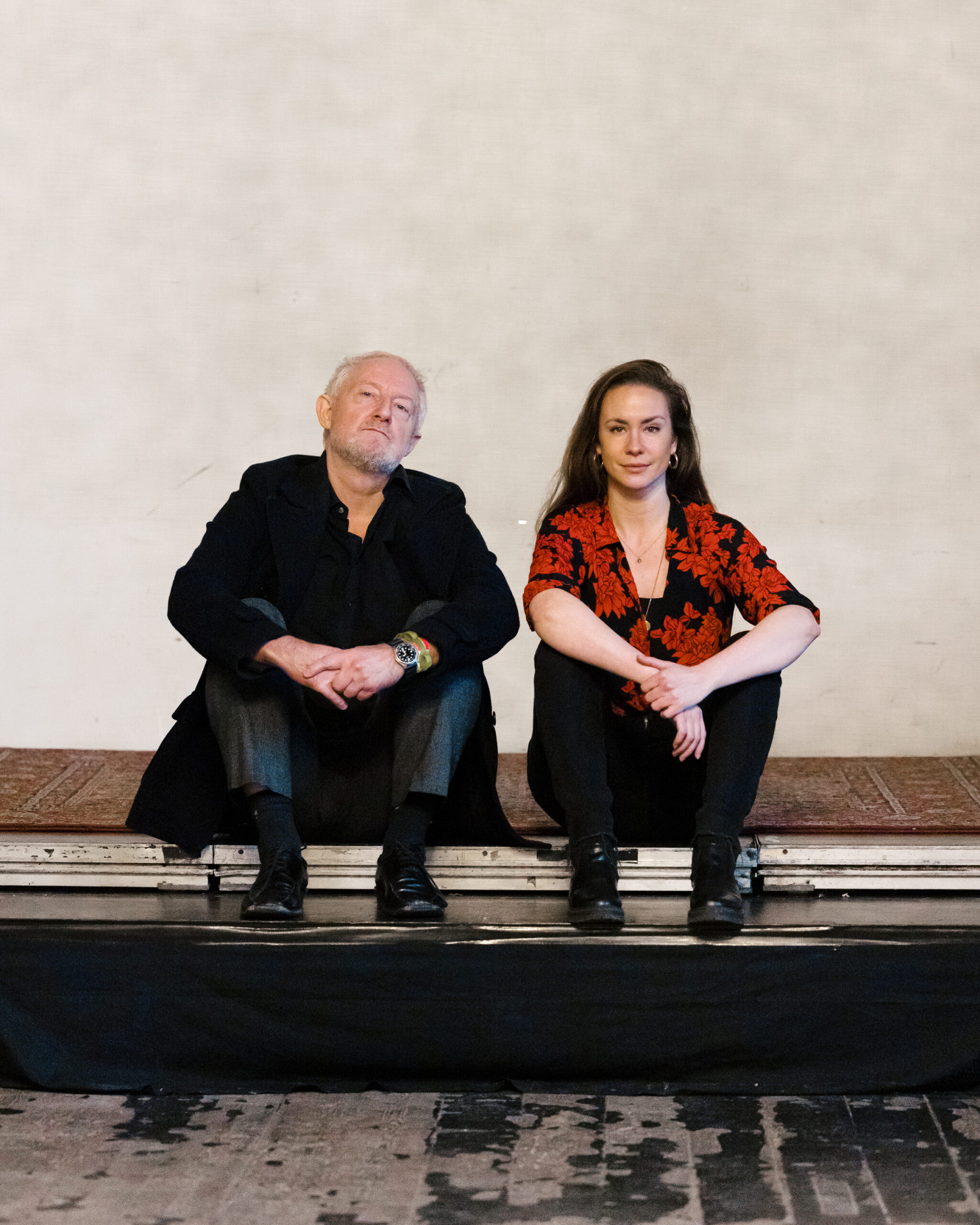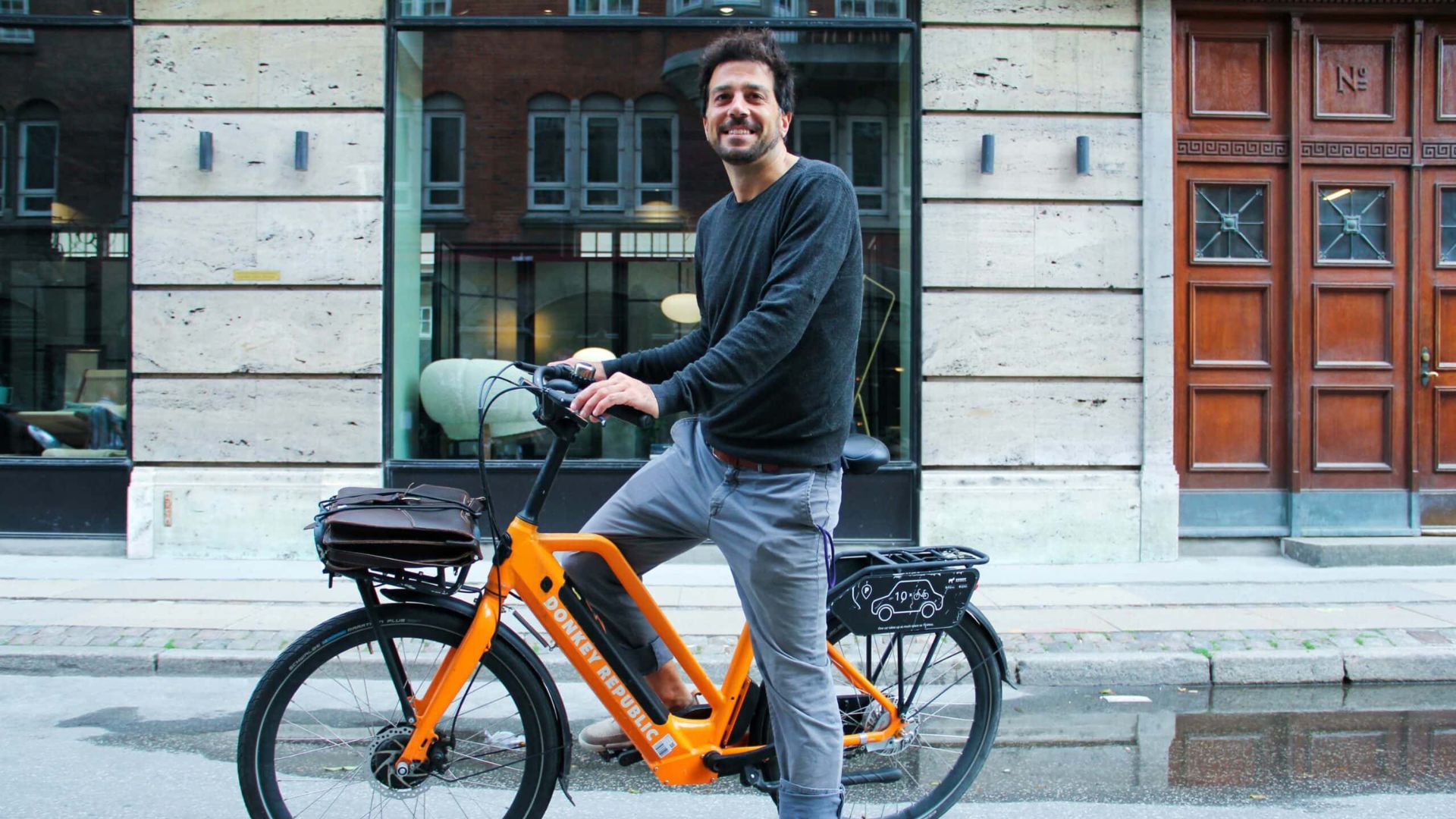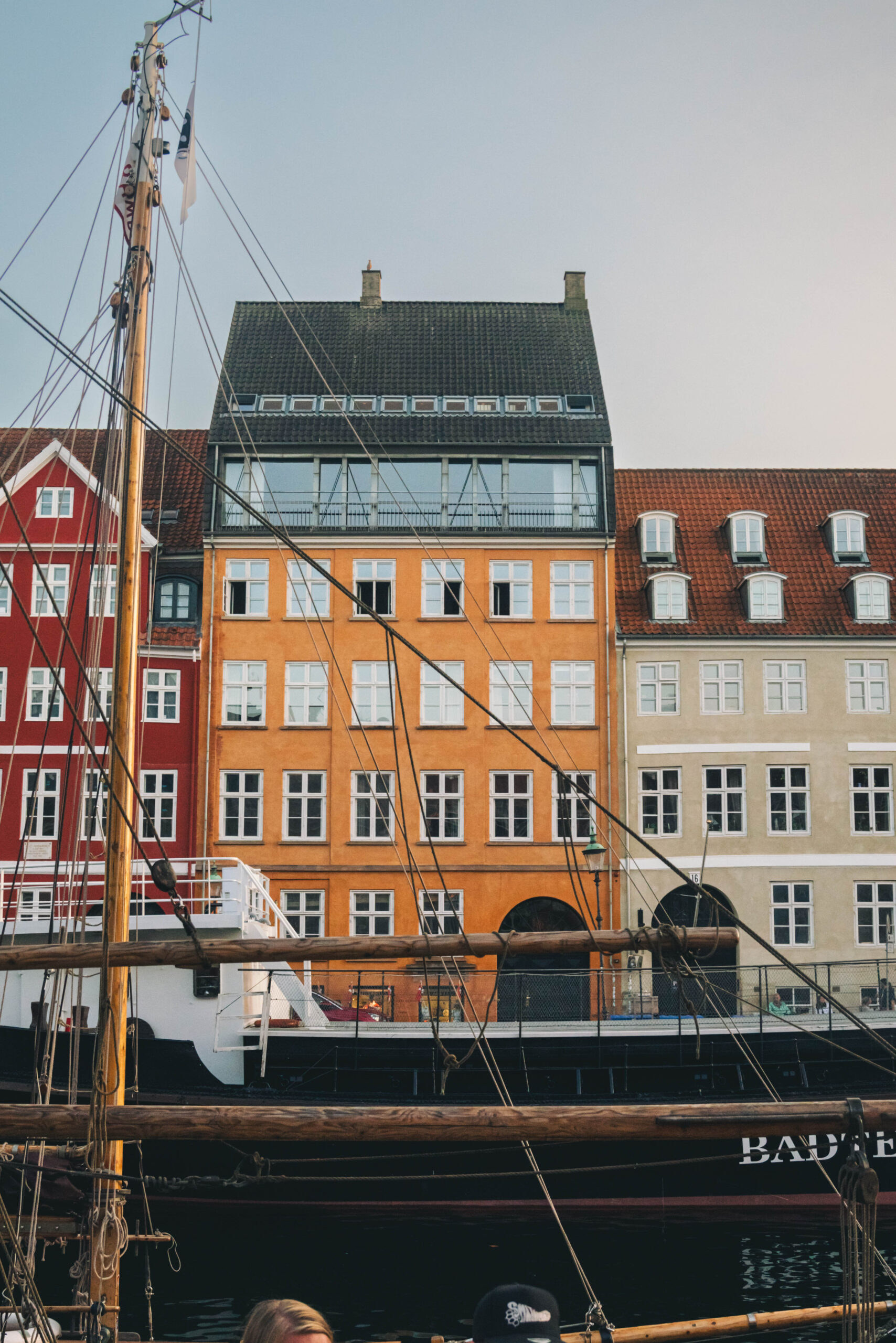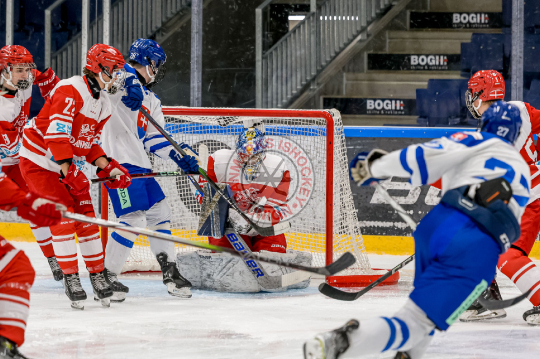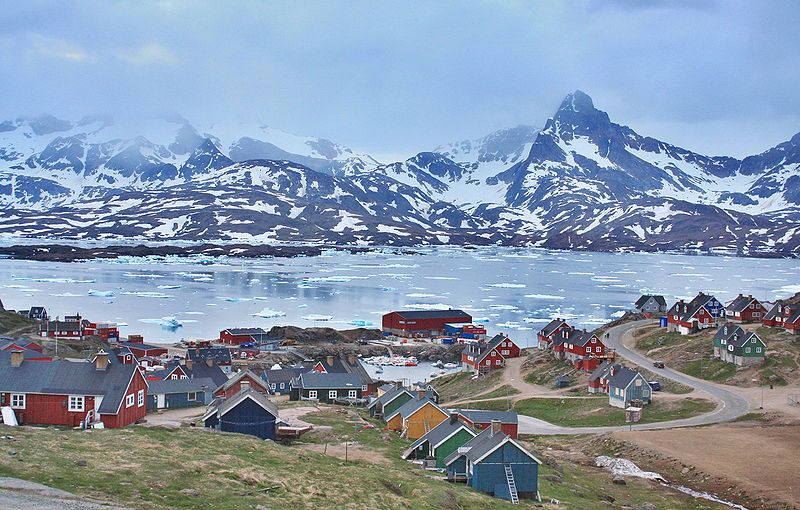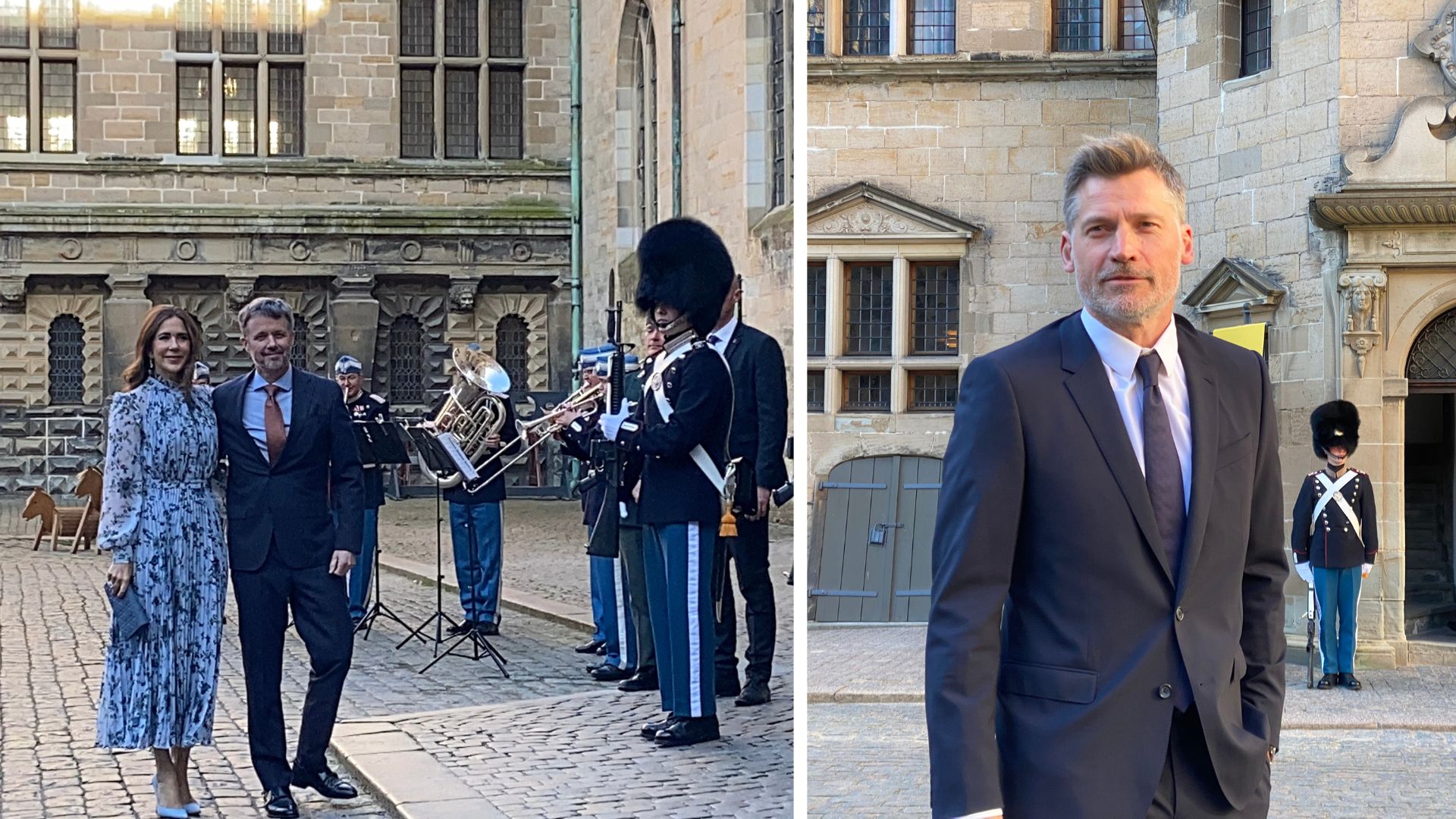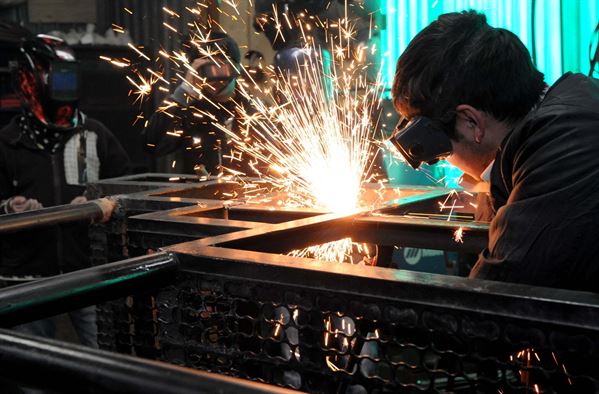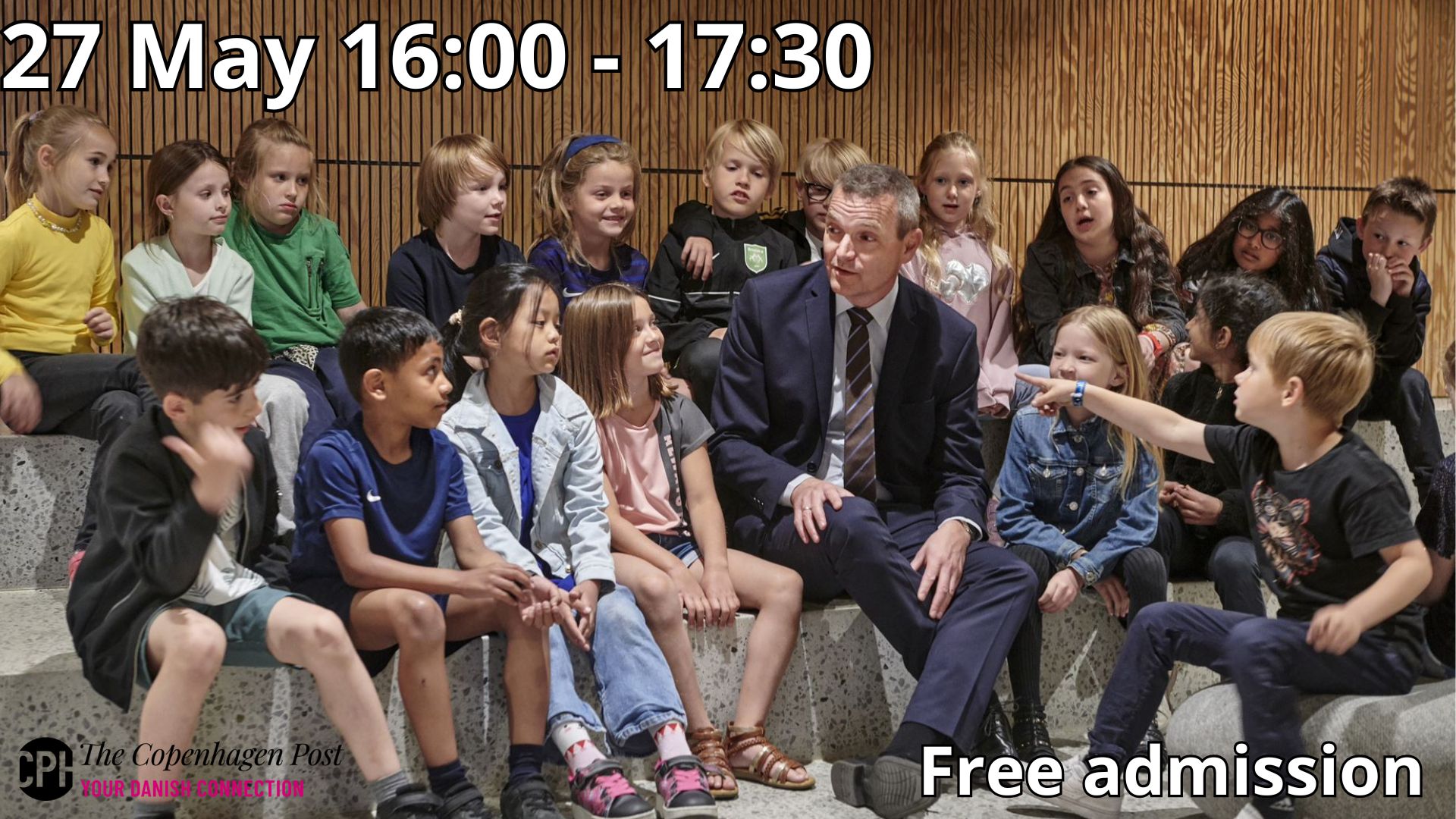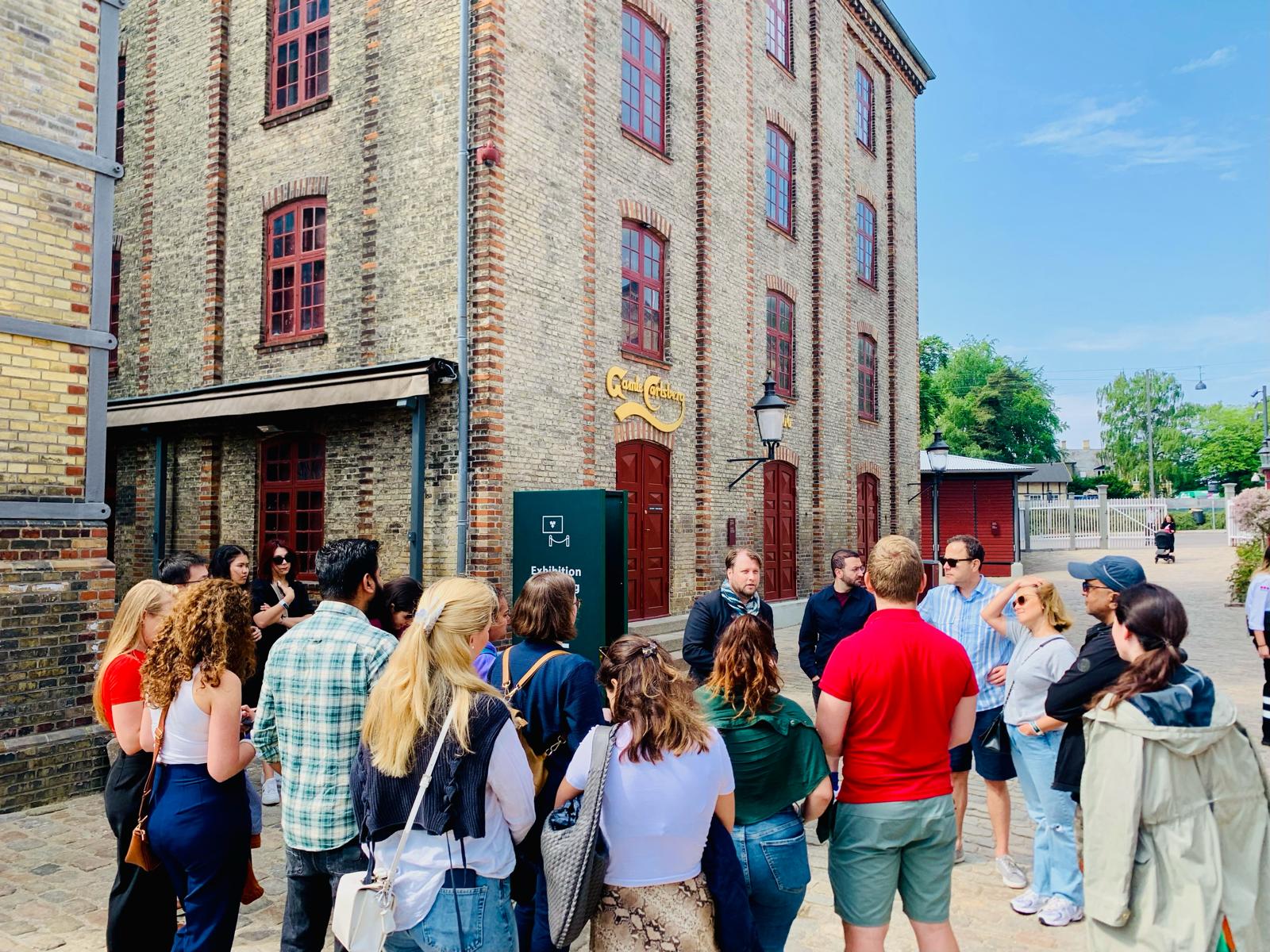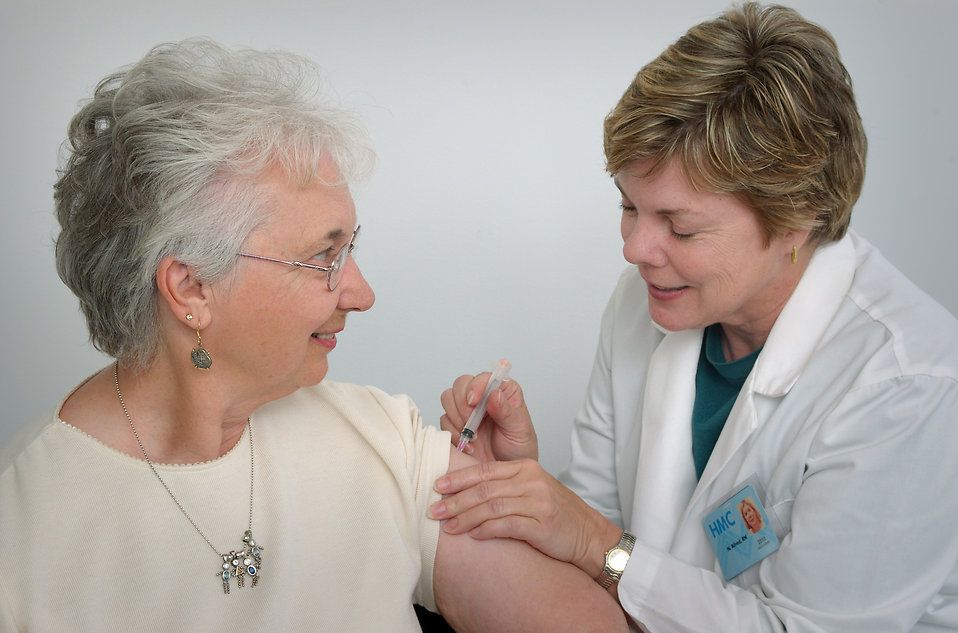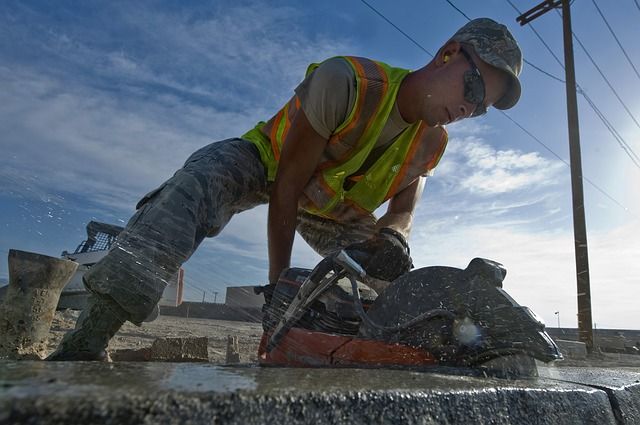A pleasure to finally connect! We first crossed paths early last year while discussing the similarities between my Butoh dance and your Flamenco. Over the past year, what a journey you’ve had—TV appearances, dancing for the King, and sellout concerts! How has that incredible experience been for you?
Honestly, it’s been amazing. The creative possibilities have truly expanded, which has been incredibly exciting. At the same time, it’s highlighted the importance of maintaining balance in production. With the increase in fundraising and administrative responsibilities, I make a conscious effort to stay focused on the bigger picture and ensure the most important aspects remain my priority.
The artist’s ongoing battle—remaining creative while also being practical…
Yes. It’s all a battle in your head. The stress can take you away from your focus. A lot happens, and thoughts stray. I’m lucky because I’ve always been quite a grounded person, and meditation helps.
Any particular method? Zazen? Transcendental meditation?
Whatever works! I’ve tried different approaches and, in the end, found a blend of modern breathwork by Wim Hof, some mindfulness techniques, and classical Eastern methods to focus awareness, create peace, and find some kind of self-realization… at least that’s the plan! And this grounding is very practical but also mirrors the dance. Flamenco’s footwork is crucial. It serves as a rhythmic foundation and a means of emotional expression. The precision and connection to the music and tradition are fundamental. Since I was small, I’ve been a bit of a nerd when it comes to studying Flamenco.
How did it start? Where did the Flamenco passion begin?
Before I was born! When my mother was pregnant, she announced, “It’s going to be a girl, and she’ll be a dancer.”
Your fate was happily sealed!
Yes! From early on, it was clear she was right. I was running everywhere, performing mini shows at dinner parties whenever I could, forming little circles of audiences around me. We listened to all kinds of music at home. Home was in Mallorca, Spain, close to nature and the mountains. That interconnection of music, dance, and nature started early and has been intrinsic to my art and life.
You lived in Spain. When did you come to Denmark?
We moved here when I was four. I started studying ballet, and dance never felt like a choice or decision but a calling. I lived here until I was fourteen, then moved back to Spain. In Madrid, I studied Flamenco and classical Spanish dance at the Conservatory. After 15 years, I returned to Denmark. I feel strongly half Spanish and half Danish, and I love how these cultures intermingle.
Absolutely! And I feel this is clearly felt by your audience here. There’s both passion and deeper existential expression in your work.
Without doubt. In Spain, we ask, “Are you Flamenco?” Meaning, are you the dance and music? Are you the life? It’s not only something you do but something you are. Everything in the universe, including our lives, is energy, vibration, and frequency. When it’s pure, it should resonate with the audience, connecting with their body, emotions, and essence. The concerts become a channel for sharing that energy.
And is this work all choreographed, or is there improvisation? Flamenco is famous for both.
I’ve loved studying the steps and choreographies, but I’m fascinated by someone fully embodying the spirit of the moment. For me, it’s not a competition between structured and free—it’s the contrast that brings depth, meaning, and intensity.
Yes, the focus is extraordinary. How do you prepare? How do you “get in the zone”?
I don’t need a long build-up. I can switch on the energy. That moment before entering the stage feels like the safest and most authentic place for me. I’m deeply committed to the dance, have done the work, and believe, like you with Butoh, in something greater. It’s humbling yet empowering. I feel a sense of control over the energy, aware of the responsibility of holding others’ emotions. It’s like stepping into the role of a warrior—building something meaningful and shifting dimensions.
And the Danish audience? How are they?
Denmark is brilliant—very organized, often more structured than Spanish culture. For me, performing here is wonderful because Flamenco’s passionate, cathartic expression resonates strongly. It fosters a deep, primal feeling. Artistry is about breaking boundaries, sharing stories, and expressing life in ways that transcend definition. I hope that’s felt.
What’s next? Where can people see you perform or learn from you?
Yes, I teach and love it—I’ve been teaching since I was 13! For beginners, I’d suggest finding a class that matches their level. I have workshops in February for all levels, covering basics like rhythmic handclaps, footwork, and movements. For performances, my new show Pulse premieres in October at The Glass Hall in Tivoli. Before that, Southern Beads is at Folketeatret in May, and in March, there’s a Flamenco performance at the Louisiana Museum of Modern Art in Humlebæk.
Lastly, I must say—I’m disappointed you didn’t bring a certain special someone with you!
Ah, my dog! She’s not just my companion but my inspiration. I know you’re a dog person and hoped to meet her, but that will have to wait. I promise it’ll be worth it!
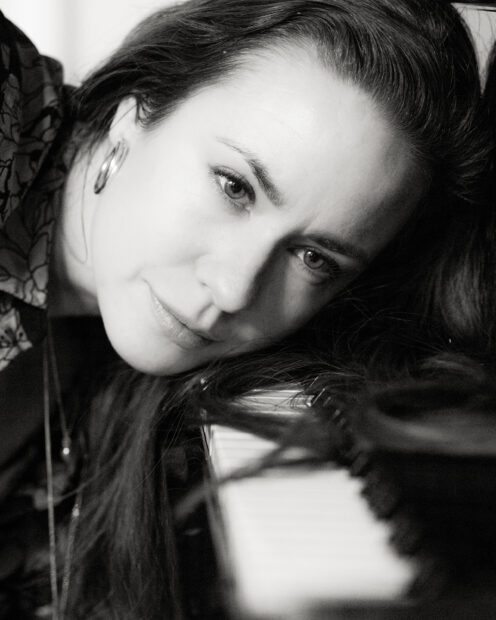
Stuart Lynch is a writer, theatre director, and Butoh Dancer who is currently Artist-in-Residence at Literaturhaus in Nørrebro. He has led dance theatre companies in Europe and Australia and was the leader of the Copenhagen Film and Theatre School from 2013 to 2023. His new play, Caravaggio’s Egg can be seen at Literaturhaus on the 17th and 18th of February.

